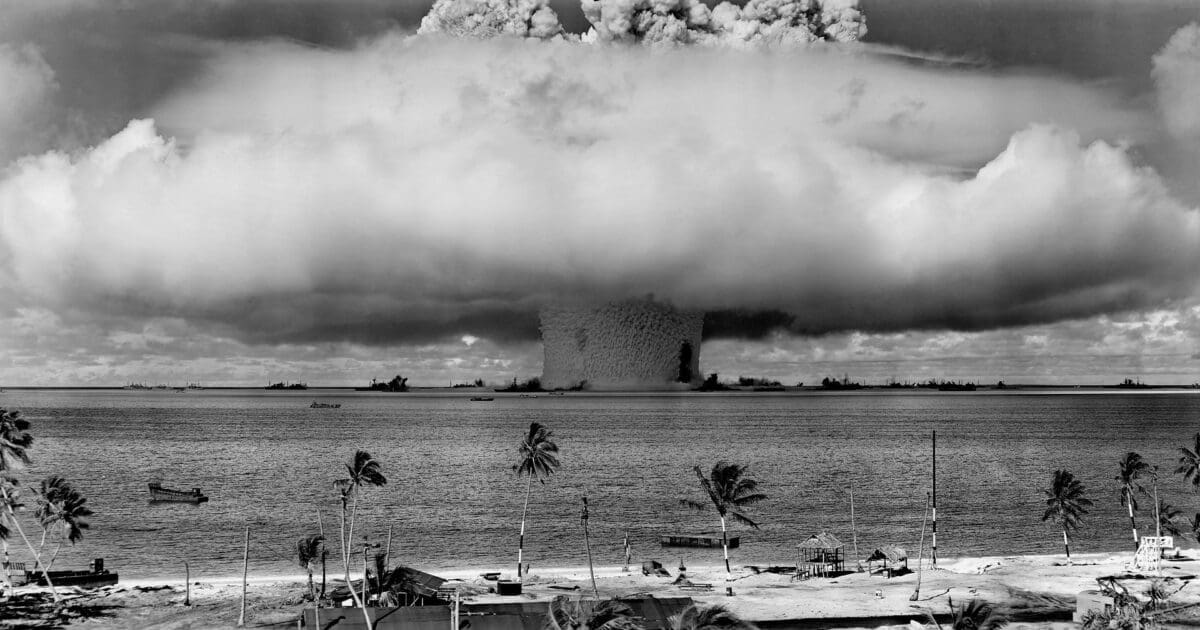One of the most unique and sad tales of the Hiroshima and Nagasaki atomic bombings is of Tsutomu Yamaguchi, who experienced both bombings and lived to tell the story. His terrifying encounters provide a window into the atrocities of nuclear conflict and the resilience of the human spirit in the face of unfathomable suffering.
Early Life and Career
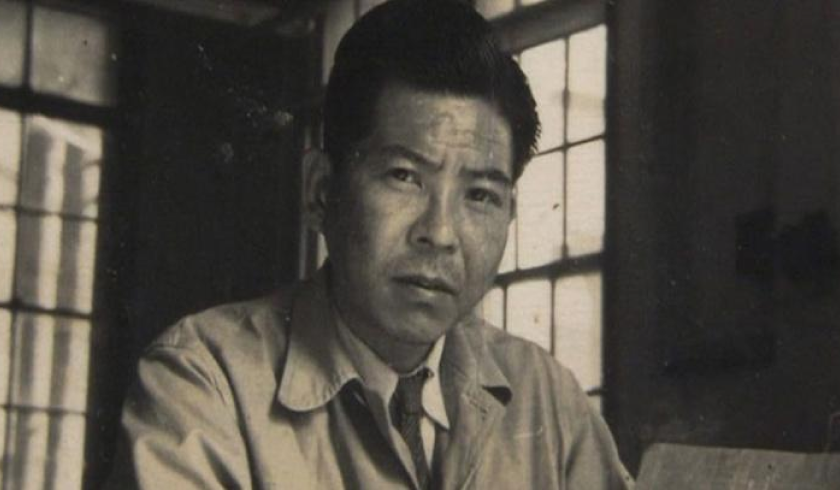
Tsutomu Yamaguchi was born in Nagasaki, Japan, on March 16, 1916. He belonged to a simple, rural Japanese family. Yamaguchi was a gifted student who thrived in the classroom. Later, he pursued his engineering degree at Tokyo’s Waseda University.
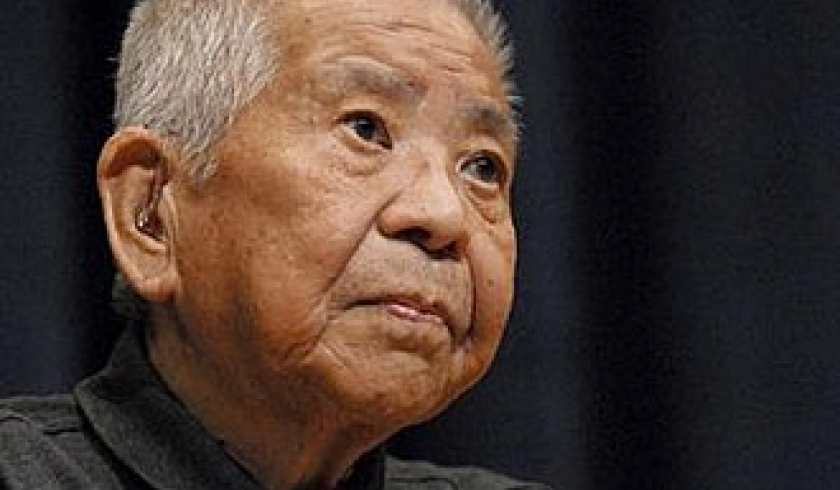
Yamaguchi returned to Nagasaki after receiving his degree and started working for Mitsubishi Heavy Industries, one of the country’s most prominent businesses. He was responsible for working at the company’s shipyard in Hiroshima, where he witnessed the detonation of the first atomic weapon.
Hiroshima Bombing
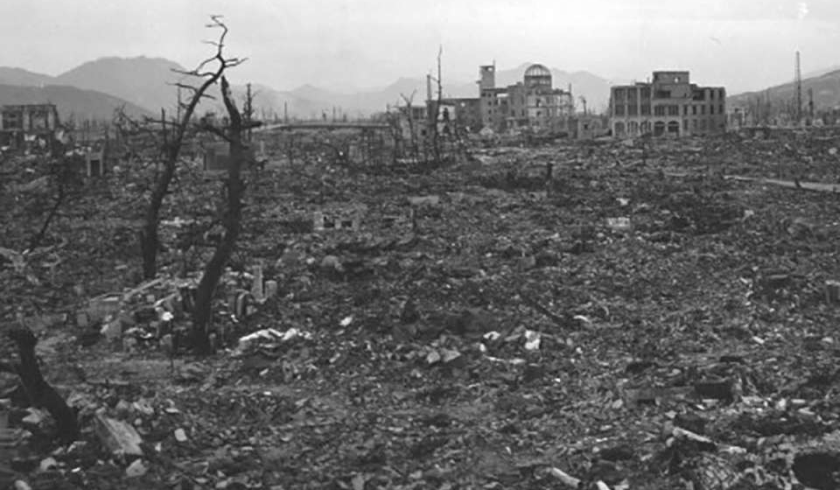
Yamaguchi visited Hiroshima on August 6, 1945, as part of a tour for Mitsubishi Heavy Industries. He had just completed a meeting when he noticed a bright flash in the sky while returning to his hotel. In an interview with The Guardian, he subsequently described the incident as follows:
“I saw a light, a bright light, and I heard a noise, a really loud noise, like the sound of a big explosion. I was thrown into the air, and everything went dark.”
Yamaguchi was only three kilometers from the explosion’s core when it occurred. He had extensive burns all over his body, debris in his head, and other serious wounds. Despite his injuries, he returned to his hotel and spent the night in agony.
Yamaguchi found a train the following day and returned to Nagasaki, where he got medical attention for his wounds.
Nagasaki Bombing
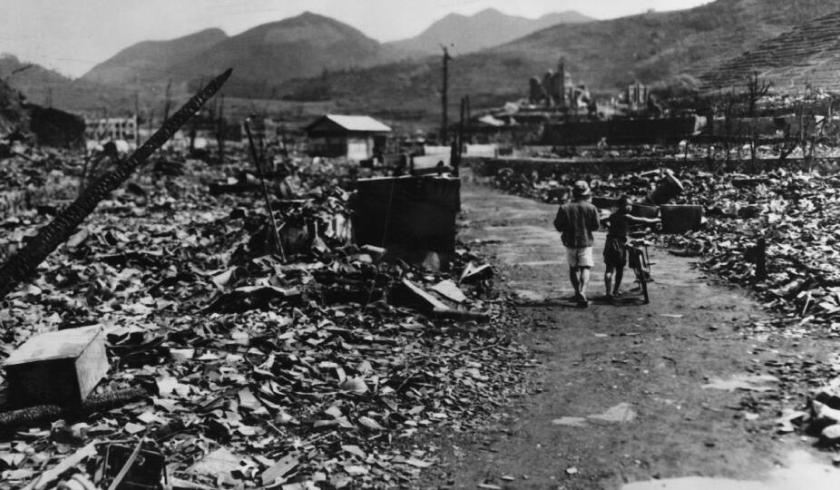
Despite his injuries, Yamaguchi returned to work at Mitsubishi Heavy Industries just days after the Hiroshima bombing. He was determined to help his country get back on its feet. However, fate had other plans for him.
On August 9, 1945, just three days after the Hiroshima incident, Yamaguchi was at work in Nagasaki when he heard the whistling sound of an incoming bomb. He immediately recognized the sound and realized that a second atomic attack was about to happen.
Yamaguchi narrated the bombardment of Nagasaki in his own words:
“Suddenly, the sky went black, and there was a tremendous noise. I felt myself being thrown into the air again, and when I looked up, I saw a mushroom cloud forming over the city.”
This time, Yamaguchi was just two kilometers from the explosion’s core. Once more, he was severely hurt, his body covered in burns and scars. He spent hours under the debris before being freed and brought to the hospital.
The Aftermath of the Bombing
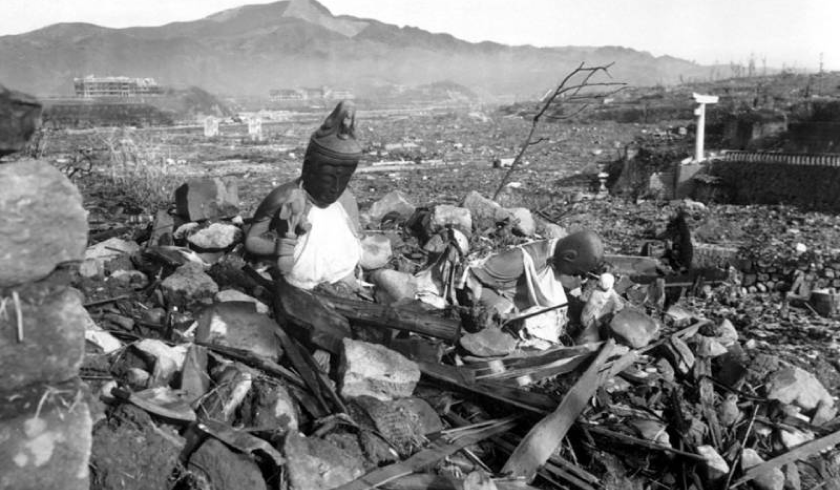
Yamaguchi resisted telling others his story in the years directly following the atomic bombings of Hiroshima and Nagasaki. He battled to cope with the trauma of his experiences and was plagued by survivor’s guilt, like many other bomb survivors.
In Japan, there was a widespread belief that survivors of the bombings carried a greater risk of health problems and genetic defects. Many survivors faced discrimination in employment, housing, and other areas of life as a result.
Anti-Nuclear War Activism
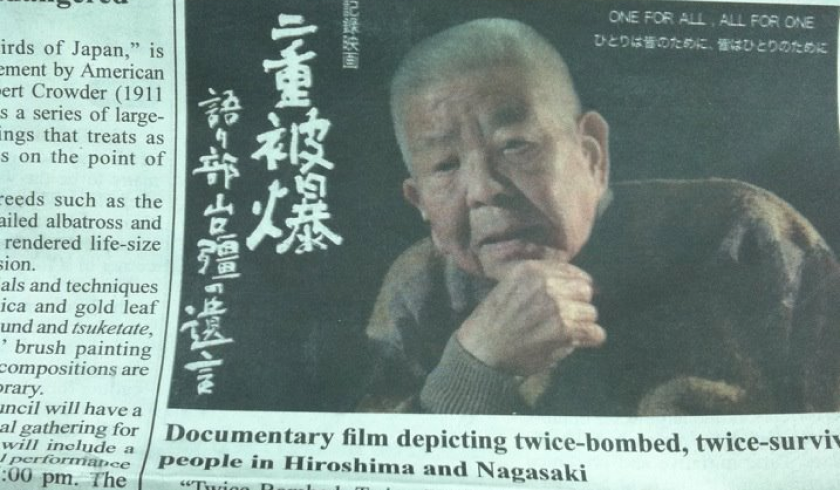
Yamaguchi started talking about his encounters publicly decades later, in the 1950s. In 2005, Yamaguchi discussed his initial reluctance to share his tale in an interview with The Guardian. He said:
“At first, I did not want to talk about it, even to my family. I did not want to relive the memories of that terrible day. But as I grew older, I realized that it was my duty to tell my story, to bear witness to what happened.”
To raise awareness of the horrors of nuclear war and the necessity of striving for a peaceful world, he shared his story in several interviews, including those with the New York Times and the BBC.
In 2006, he gave a speech and spread his message of peace in the United Nations. The Japanese government honored Yamaguchi with the Order of the Rising Sun in 2009 for his anti-nuclear activism.
Death and Legacy
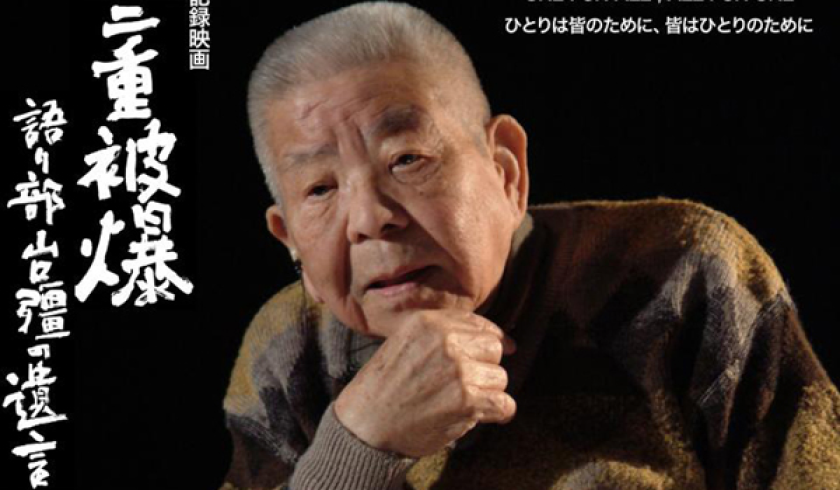
Tsutomu Yamaguchi lived a long life after surviving the two atomic bomb attacks, and he passed away on January 4, 2010, at 93 from stomach cancer.
In the years following his death, numerous people and groups have continued Tsutomu Yamaguchi’s legacy. The “Tsutomu Yamaguchi Legacy of Hope Foundation,” founded in 2015 to foster peace, education, and cultural exchange, is among the most well-known.
In addition to the foundation, many other people and organizations worldwide have continued Yamaguchi’s legacy. His life has been the topic of books, documentaries, and other media. His support for disarmament and peace motivates people to work toward a more fair and peaceful world.
Conclusion
Tsutomu Yamaguchi’s survival of both atomic bombings is a powerful reminder of the human cost of nuclear war and the importance of peace. His life serves as a testament to the resilience of the human spirit. He said, “I don’t want anyone else ever to experience what I experienced. I don’t want anyone to suffer the way I suffered.”

